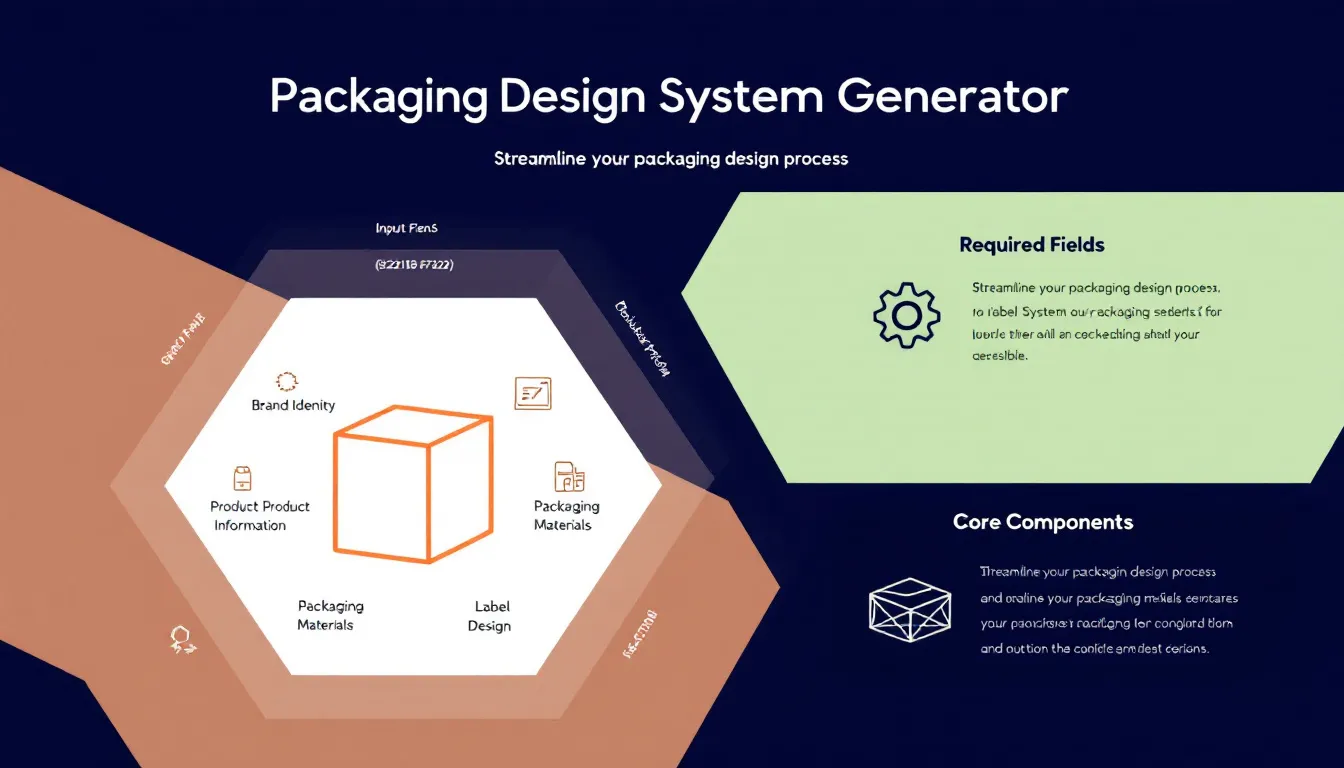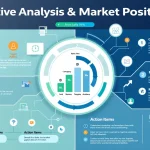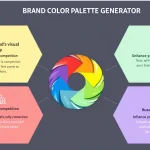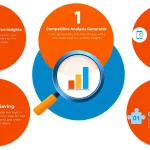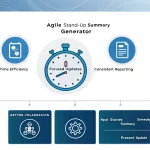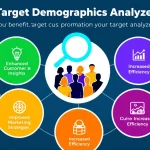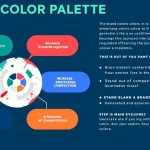Is this tool helpful?
How to Use the Packaging Design System Generator Effectively
To create an effective packaging design system using our tool, follow these step-by-step instructions for each field:
Required Fields:
- Type of product that needs packaging: Be specific about your product category. For example: “Artisanal Honey Products” or “Premium Skincare Serums”
- Target audience: Define your audience demographics and psychographics. Example: “Eco-conscious women aged 25-40” or “Luxury-oriented fitness enthusiasts”
- Key message or value proposition: Clearly articulate your unique selling points. Example: “Handcrafted natural honey with traceable sourcing” or “Advanced anti-aging formulas with organic ingredients”
- Differentiation needs: Specify competitive challenges. Example: “Stand out in premium honey market while emphasizing sustainable beekeeping practices” or “Distinguish from mass-market skincare through scientific credentials”
Optional Fields:
- Brand colors: List your color palette preferences. Example: “Amber, cream, and sage green” or “Pearl white, rose gold, and midnight blue”
- Packaging type: Specify preferred packaging format. Example: “Glass jars with bamboo lids” or “Airless pump bottles”
Understanding the Packaging Design System Generator
The Packaging Design System Generator is an advanced tool that helps brands create cohesive, strategic packaging solutions that align with their marketing objectives and target audience preferences. It combines design principles, consumer psychology, and brand strategy to generate comprehensive packaging recommendations.
Core Components of the System
- Visual hierarchy optimization
- Color psychology integration
- Typography recommendations
- Material selection guidance
- Sustainability considerations
- Brand identity alignment
Benefits of Using the Packaging Design System Generator
Strategic Advantages
- Consistent brand presentation across product lines
- Enhanced shelf presence and visual appeal
- Improved product differentiation
- Better target audience alignment
- Cost-effective design decision-making
Operational Benefits
- Streamlined design process
- Reduced revision cycles
- Clear communication guidelines
- Scalable design solutions
- Systematic approach to packaging updates
Solving Common Packaging Design Challenges
Brand Recognition
The system addresses brand recognition challenges through:
- Distinctive visual elements
- Memorable color combinations
- Consistent brand messaging
- Unique structural designs
Market Differentiation
Stand out in competitive markets through:
- Category-specific design elements
- Innovation in material selection
- Strategic use of white space
- Premium finishing techniques
Practical Applications and Case Studies
Food and Beverage Industry
Example: Craft Brewery Packaging System
- Input: Microbrewery craft beers
- Target: Urban craft beer enthusiasts, 25-45
- Message: Small-batch, locally sourced ingredients
- Differentiation: Modern interpretations of traditional brewing
Result: A packaging system incorporating hand-drawn illustrations, metallic accents, and tactile label materials.
Beauty and Personal Care
Example: Natural Skincare Line
- Input: Organic facial care products
- Target: Environmentally conscious professionals
- Message: Clean, sustainable beauty
- Differentiation: Zero-waste packaging solutions
Result: Minimalist design with recycled materials and educational components about sustainability.
Industry-Specific Considerations
Luxury Market
- Premium material selection
- Sophisticated finishing techniques
- Subtle brand elements
- Tactile experiences
Mass Market
- Cost-effective solutions
- High visibility elements
- Clear product information
- Efficient production methods
Best Practices for Implementation
Design Guidelines
- Maintain consistent brand elements
- Consider packaging hierarchy
- Optimize for production efficiency
- Plan for scalability
Technical Specifications
- Material requirements
- Print specifications
- Size and dimension standards
- Compliance considerations
Frequently Asked Questions
General Questions
Q: How detailed should my product description be?
A: Include specific product characteristics, unique features, and any special handling requirements that might affect packaging design.
Q: Can I use this tool for multiple product lines?
A: Yes, the tool is designed to create cohesive packaging systems across various product lines while maintaining individual product differentiation.
Q: How do I incorporate existing brand elements?
A: Include current brand colors, logos, and design elements in the optional fields for seamless integration into new packaging designs.
Technical Questions
Q: What file formats are supported for brand assets?
A: The system provides recommendations that work with all standard design file formats, including AI, PSD, and PDF.
Q: How should I approach seasonal packaging variations?
A: Use the tool to create a core design system, then input specific seasonal requirements to generate appropriate variations while maintaining brand consistency.
Q: Can I update my packaging design system over time?
A: Yes, the tool allows for iterative updates and refinements as your brand evolves and market conditions change.
Industry-Specific Questions
Q: How does the system handle regulatory requirements?
A: The tool provides guidance for incorporating required regulatory elements while maintaining design aesthetics.
Q: What sustainability options are available?
A: The system includes recommendations for eco-friendly materials and design approaches that support sustainability goals.
Important Disclaimer
The calculations, results, and content provided by our tools are not guaranteed to be accurate, complete, or reliable. Users are responsible for verifying and interpreting the results. Our content and tools may contain errors, biases, or inconsistencies. We reserve the right to save inputs and outputs from our tools for the purposes of error debugging, bias identification, and performance improvement. External companies providing AI models used in our tools may also save and process data in accordance with their own policies. By using our tools, you consent to this data collection and processing. We reserve the right to limit the usage of our tools based on current usability factors. By using our tools, you acknowledge that you have read, understood, and agreed to this disclaimer. You accept the inherent risks and limitations associated with the use of our tools and services.
